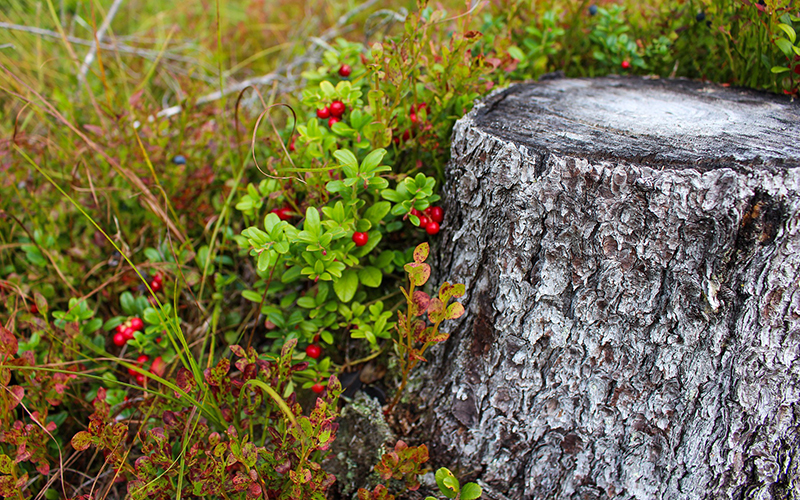
01 Sep Why You Should Grind Tree Stumps
So you finally decided to cut down your dead or dying tree. The one blemish in your yard removed and not coming back. Unfortunately, after wrestling for months with that decision, you now need to make another — to grind or not to grind the ugly tree stump?
When a tree removal professional cuts down a tree, they generally offer to grind down the stump to finish the job. Since stump grinding involves extra cost, many individuals decide not to bother.
Stumps can be hazardous — if you ever mowed a lawn, there is a good chance you accidentally mowed over a low-cut stump hiding in tall grass. That startling metal on wood sound leaves you hoping the mower blade survived the encounter and thankful that any flying debris missed your legs, car or house.
If that horrible sound isn’t reason enough to grind that stump, read below for two more:
- New Tree Growth: Sometimes stumps will generate new shoots or newly grown branches. These shoots will continue to grow and need continuous trimming to prevent a new tree from forming. If left alone, the shoots eventually become a multi-trunked tree that grows at an angle.
- Insect Infestation: Decaying wood attracts pests — including termites. If the stump is within proximity of your home, termites may migrate into your home. Additionally, other insects also attracted to the decaying stump also may damage your lawn or garden.
- Safety: Many stumps serve as a trip hazard and safety issue for your family and friends. In addition, most stumps have sharp and uneven surfaces that can seriously injure someone who steps or falls on the stump. Over time, a stump’s roots may continue to grow and serve as hazards as well.
So, unless you plan to incorporate your tree stump into your garden as a stand for pots or yard ornaments , you might want to consider calling a tree professional to grind your stumps.
For more information about stump grinding from the experts at M&A All Seasons Tree Service, please contact us here or call us at directly at 616.604.0501.



